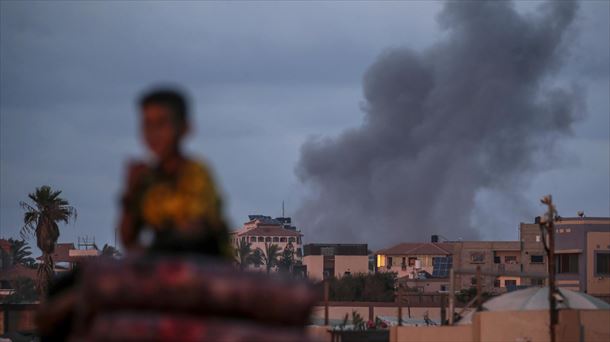In parts of Central Europe, the decades have unexpectedly increased. Even experts are surprised by this rapid increase; they assumed that it would have increased only moderately.
Between 1997 and 2022, UV radiation in the region around the German city of Dortmund increased by significantly more than ten percent, the German Federal Office for Radiation Protection (BFS) announced. In the Brussels region of Belgium, radiation increased by almost 20 percent over the same period, the scientists found.
Less clouds, more sunshine
The study was published in the journal “Photochemical & Photobiological Sciences”. According to the researchers, the significant increase is mainly due to the decrease in cloud cover in Central Europe. “This change, which may also be caused by climate change, leads to more hours of sunshine. And therefore more time in which the sun’s UV radiation can reach the earth,” the statement said.
Scientists surprised
For the study, the scientists analyzed UV data from a measuring station in Dortmund. They then compared the values with a UV measuring station near Brussels, which is located at the same latitude.
The study authors were surprised by the results, the statement said. They assumed that radiation had increased moderately at best since the late 1990s.
Dangers of UV radiation
“The results show that personal exposure to UV radiation may increase for the population in Germany,” the BFS explains. This shows how important it is to develop additional measures to combat increasing UV pollution in Europe.
Excessive UV radiation can cause diseases such as skin cancer. The more intensively and frequently the skin is exposed to UV radiation, the greater the risk of skin cancer.
Sunscreen, long clothing and shady areas are important protection, especially in summer. According to the BFS, you cannot see or feel UV radiation. It’s there even when the sun doesn’t shine.
The intensity depends on several factors
According to the information, the intensity and risk of UV radiation depends on many factors, such as the position of the sun, latitude, height above sea level, cloud cover or the ozone layer. The ozone layer is like a natural UV protection. When the ozone concentration is lower, the amount of UV radiation increases. Some substances released by humans through industry, transportation and agriculture increase the depletion of the ozone layer.
Source: Krone
I am an experienced and passionate journalist with a strong track record in news website reporting. I specialize in technology coverage, breaking stories on the latest developments and trends from around the world. Working for Today Times Live has given me the opportunity to write thought-provoking pieces that have caught the attention of many readers.



